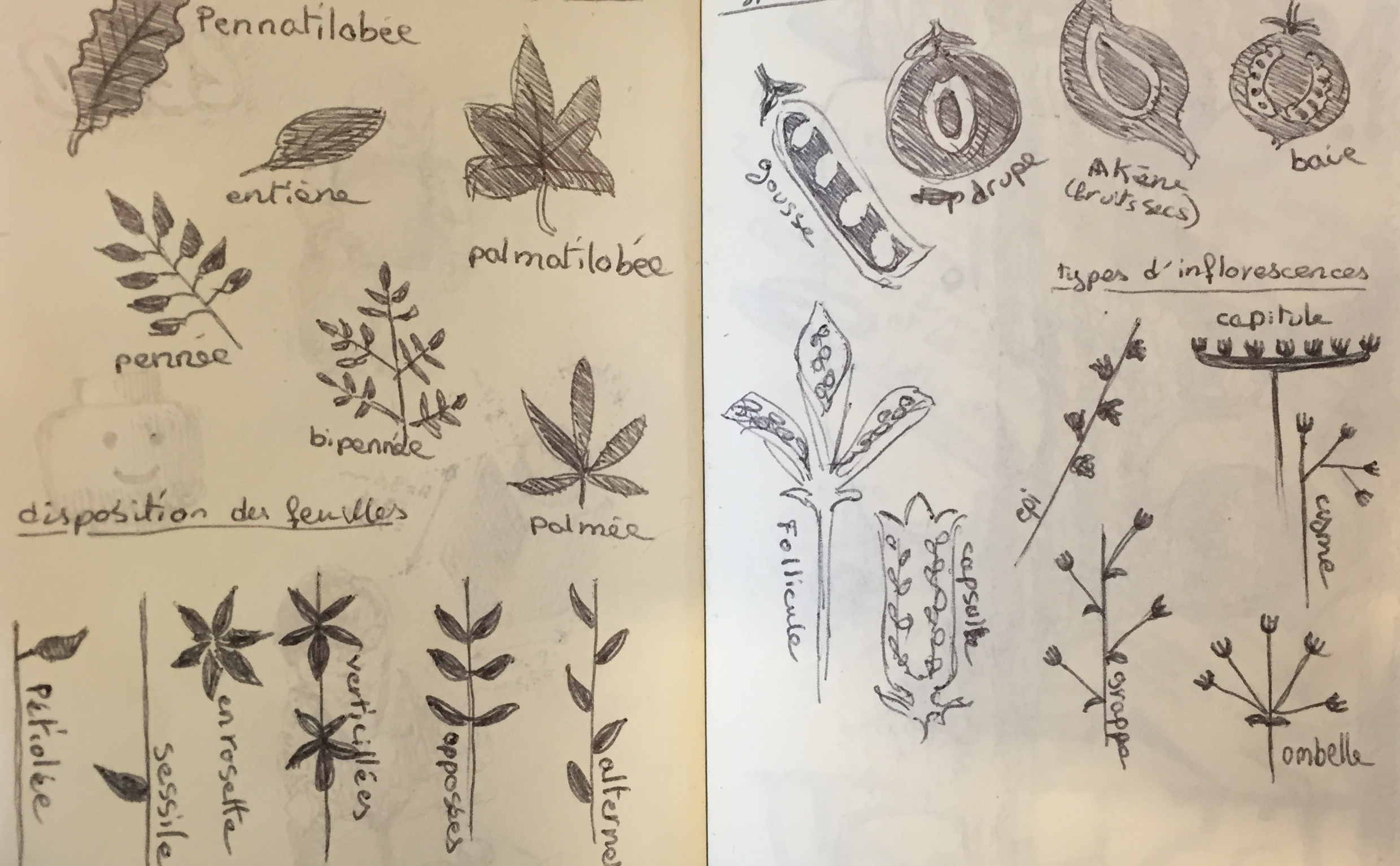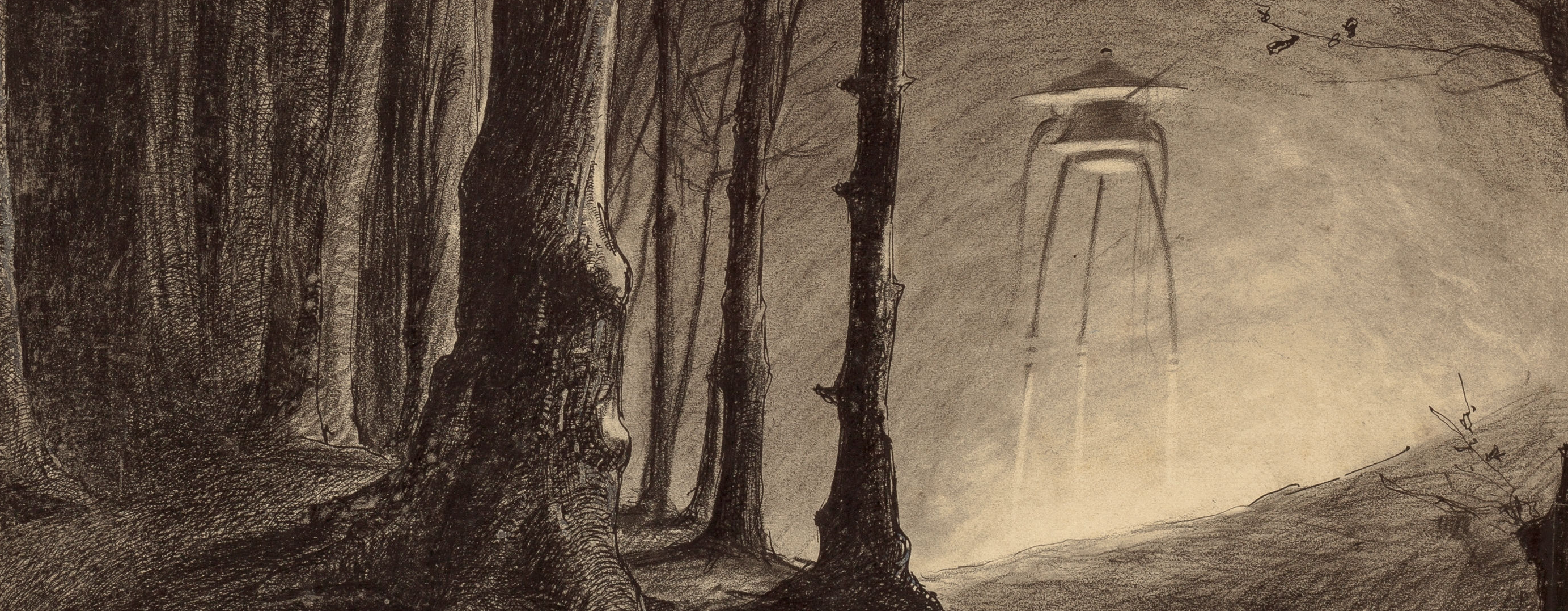A conversation with J the other night reminded me how much I love the Malay language. It makes such a beautiful, satisfying sound in the mouth. Like the weight and shape and texture of something delicious. I love the consonants, the hard clicks of “k”s, “p”s, “t”s – they have such emotive potential. I love the “ny”s, which somehow conveys a drawing out of an idea, of time, of movement. And I love the “s”s, which cloaks everything in a kind of softness. We threw around our favourite words.
Ngilu
Kasih
Sayang
Ragu
Rindu
Rentak
Nyanyuk
And went to the thread of language. When did we first used the word “pukul” to denote time, instead of “jam”? And I suddenly recalled the plaque in front of the Teluk Intan leaning clock tower, proudly recalling its history of being a water tank (why don’t we spend as much time building intricate beauty into water tanks anymore? It’s the strange shape of a Pagoda, this tower), and of the period when the Brits shipped over this chiming clock. It must have been then. When our ex-colonisers brought over their machinery that chops up time from siang, malam, senja, pagi, petang into little 24 pieces of time – reminded through one piece of metal hitting another. Literally, pukul. And with that, the weight of productive compulsion as measured through the lens of capitalism.
Then we started mapping the personal histories of our lives and families. How language is in our tongues. We spoke about our mothers and grandmothers, and the tongues they inhabited with different people, at different relationships. When their tongues migrated through marriage because of love at a time when racial difference was both more acute and less politicised.
I recalled my aunts remarking about when I stitched Teo Chew on my tongue from my grandma when I was a child, and that remark made me continue to speak it. The language missed a generation. But I only speak a smattering of it with my grandma, who is now no longer here, and the tongue is missing another. We speak Hokkien at home, and until now, it fills me with pleasure to speak in Hokkien with strangers, usually at food stalls. Like a sudden familiarity. An unknown thread of migration and history that connects us. Because the dominant Chinese dialect here is Cantonese. Just like the dominant English accent is probably YouTube American. The power of pop culture. And Mandarin, I converse mainly with my cousin. I’m not sure why. But that relationship keeps that language alive on my tongue.
And we started speaking about being Malay. The becoming of Melayu. When following the threads of personal history, what is this Melayu identity that we are speaking of? Is it the Nusantara Melayu, that is made up of Javanese, Bugis, Batak, Minang and a thousand other identities? Or is it this constitutional Melayu that is both a deliberate political act of constructing a kind of national identity at the time when the country is re-born, re-carved, as well as a very apt container for the notion of an identity?
By the federal constitution, you are Malay through Bahasa, Adat dan Agama (Islam). That’s actually what an identity is isn’t it? The language, the customs, and more dubiously/tenuously, the religion (that here, embraces, refines and pollutes the two).
This reminded me of another conversation, where N was (rightly) outraged over the zealousness of our religious authority to tangkap young people for khalwat. In her half-sister’s identity card, she is Melayu. But her mother is Thai, and her father is Indian Muslim. So no matter how far back you stretched, there is no Nusantara thread. And another friend, whose grandparents on both sides were a mixture of Indian, Chinese, Pakistani and Turkish. And embedded within that are such incredible stories of lives – the kind of dreaming it takes to move from imaginary/material border to material/imaginary border, the kind of fears it swallows and transforms to family, the kind of openness it takes to embody and create new lore, new kin.
Bahasa, Adat, Agama.
It’s a beautiful thing, when identities can be so slippery. It cloaks your tongue, it enters your skin, and it becomes your everyday gestures, your learning of your relationships in the world.
But less beautiful when it becomes a way to constrict, define, discipline and exclude. Even when what it stands on, is a slippery thing.
Apparently in theory, I am Peranakan. A very weather-beaten tombstone attests to the 7th generation of Chinese that I have come from. Preceeding the Brits. But what does this matter? Because maybe, all I need is to fall in love. My tongue is already in love and has the language stitched in me, and the adat my body has embraced through living life in close proximity with the identit(ies). The only last thing, is that political nub, religion.
Where here, in Mesia, there really is very little space for choice when it comes to Agama. Because that is so closely linked to institutional power. That is in turn so zealously – almost hysterically – stitched to morality and the myth of divinity. Maybe (definitely) because it is stitched on slippery things.
When identity is divorced from the power of institutions, it is so beautiful, messy and creative. Which is again why, we cannot build our politics from our identities.


Leave a Comment